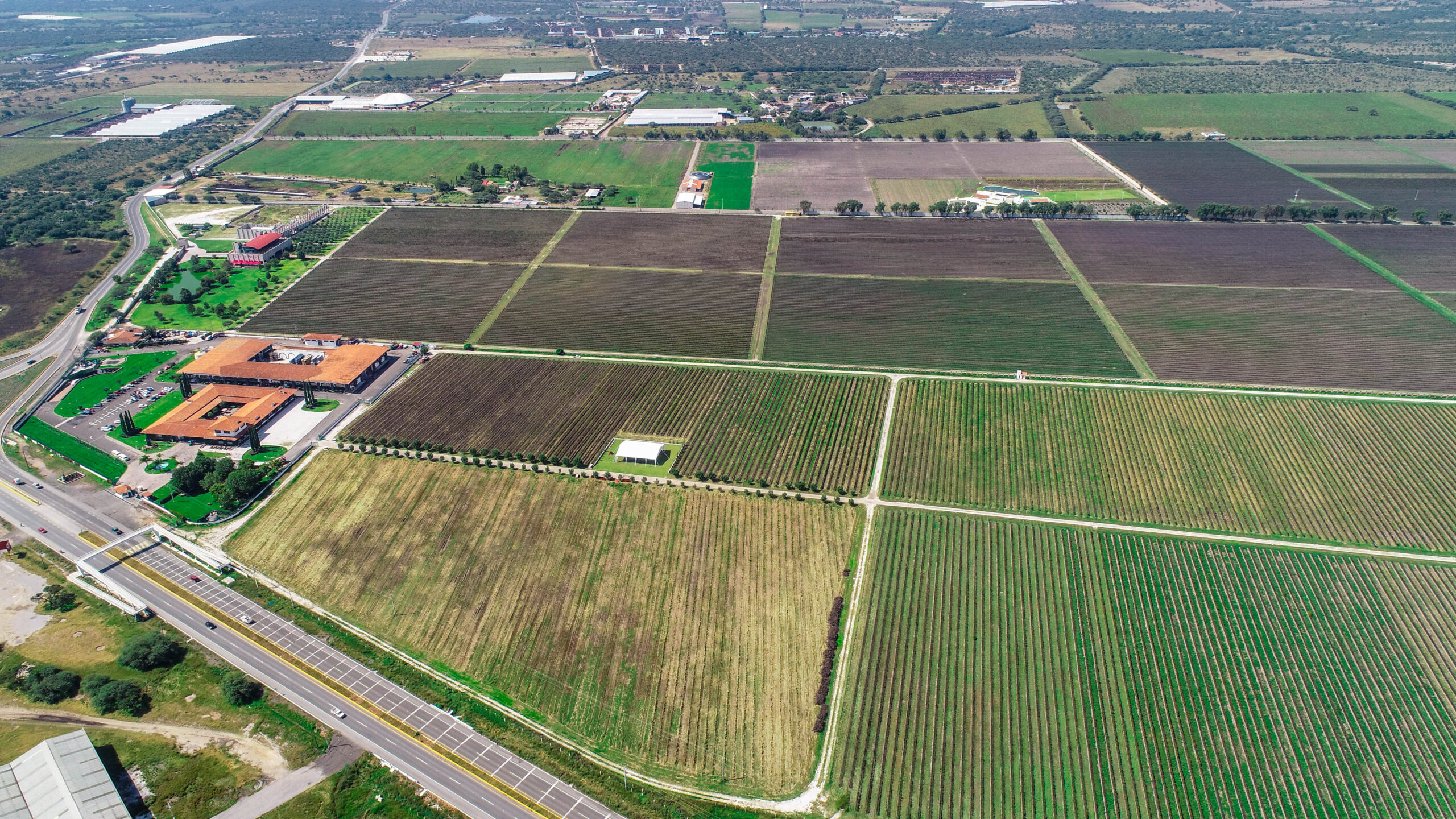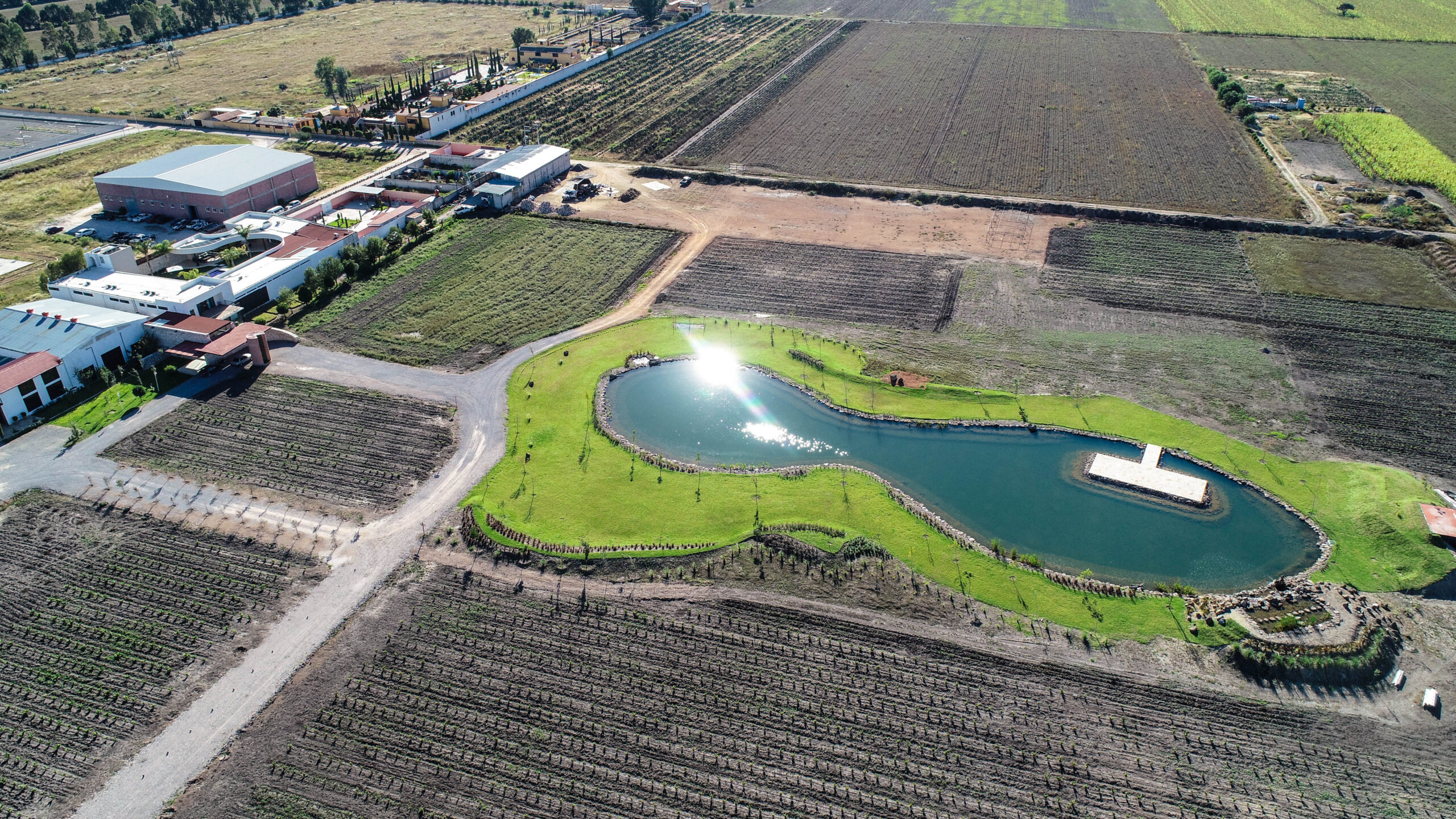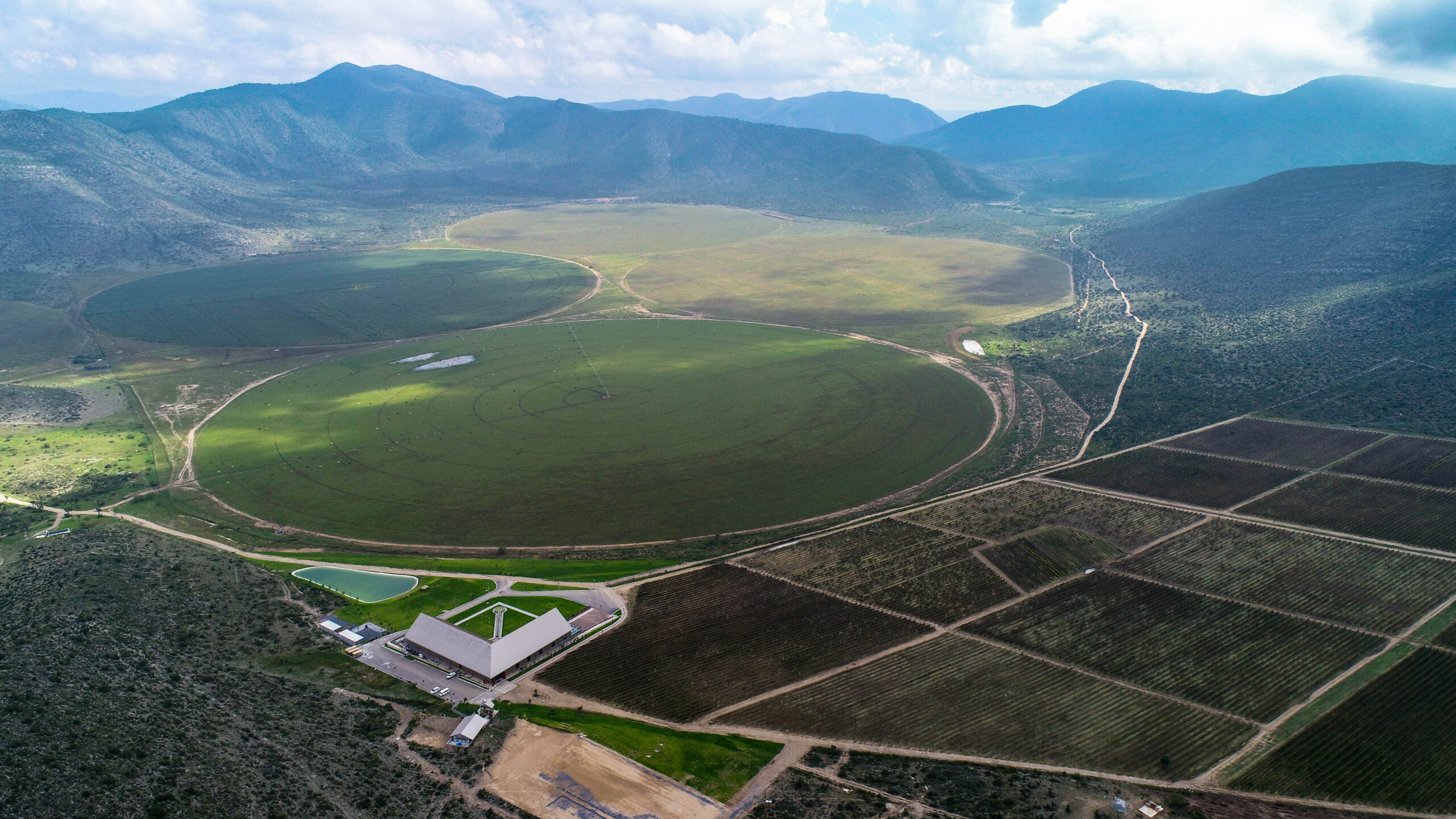The Wolf Post offers a professional service with free access, without subscription.
For this reason, a donation would also be a sign of appreciation for our work.
The vine arrived in Mexico in 1521 with the Spanish conquerors and missionaries. The grape was considered essential for the production of the wine to be consecrated. This movement accelerated in 1531 when King Charles V of Spain ordered every ship that sailed to New Spain to carry vines for planting.
In 1593, the vines began to ripen, evidence of this was when Captain Francisco de Urdiñola founded “Marqués de Aguayo”, the first commercial winery in the country, which was located in Parras, Coahuila.
In 1595, following a terrible plague that hit the wine plantations in New Spain, Felipe II, under pressure from Spanish producers, forbade the planting of vines throughout the New World and decreed the destruction of the existing vineyards. The missionaries managed to keep their plantations for religious purposes.
The real growth of Mexican wine came a century later, thanks to the Jesuit missionary Juan de Ugarte, who is credited with planting the first vineyard in Baja California in the year 1717. However, it was only in 1767 that the Jesuit missionaries began to cultivate vineyards for all their missions on the California peninsula.
With Independence, imported wines were heavily taxed, while taxes on domestic crops were abolished, stimulating the domestic wine industry.
During the Mexican Revolution, the vineyards were forgotten. In 1939, with the development of the wine industry in Saltillo, the sector began to regain strength.
After the Second World War, viticulture began to gain importance in some regions of the country, as wines from other countries were not imported. The growth was so important that the Mexican Vitivinícola Council (CMV) was founded in 1949 to promote and support the wine industry in Mexico.
Currently, Mexican wine is produced in 15 states of the republic. The CMV has registered the collective brand “Vino Mexicano” which distinguishes wines of national production from those of foreign origin. The Mexican wine industry continues to reap successes, medals and high quality wines all over the world.
Let’s find out more from the words of Paz Austin, Director of the Consejo Mexicano Vitivinícola.
When was your Association born and what goals has it achieved over the years?
The Mexican Wine Council was founded 75 years ago and is the coordinating body for the National Viticulture, which represents 90% of the national production of all productive vocations: fruit grapes, raisins, wine, grappa and juices.
Among the objectives achieved is the recognition of the development of the Mexican wine industry, the International Organization of Vine and Wine (OIV), based in France, has designated Mexico as host country of the 43rd World Congress of Vine and del vino 2022, which was held from October 30 to November 4 in the state of Baja California, the largest producing region in the country.
This congress had the participation of more than 1,500 experts from 48 producing countries such as Germany, Argentina, Chile, Spain, France, New Zealand, Portugal, among others, in which they discussed and generated proposals seeking to ensure the development of the sector.

©Freixenet- Mexico Consejo Mexicano Vitinivinicola
What are the peculiarities of the territory of Mexico and its wines?
Mexico has great potential for the production of high quality grapes as the soil and climatic conditions are ideal for cultivation in different regions of our country. In which there are 15 wine-producing states, with more than 38,000 hectares planted with grapes of all vocations.
Furthermore, there are currently 6 internationally recognized wine routes, such as:
- The Ancient Wine Trail of Baja California
- The Baja California Wine Trail
- Coahuila wines and dinosaurs
- The Aguascalientes wine route
- The Route of Art, Cheese and Wine in Querétaro
- The Guanajuato Wine Route

©Ruta Vinos y Dinos- Consejo Mexicano Vitivinícola.
Can you briefly describe the most interesting wine areas of Mexico?
Mexico has various wine regions found in different states of the country, each with unique characteristics that set them apart from the others.
One of the most important regions is the Valle de Guadalupe, located in the state of Baja California. This region is located in the north of the country and has a Mediterranean climate which allows it to produce high quality red and white wines. The most used grape varieties in this region are Cabernet Sauvignon, Merlot and Sauvignon Blanc.
Another of the most important states is Querétaro, located in the center of the country. This region has a semi-desert climate which allows it to produce high quality white and red wines. The most used vines in this region are Chardonnay, Cabernet Sauvignon and Syrah.
On the other hand, the state of Coahuila stands out for its wine production. Located in the north of the country, it has a dry climate which allows it to produce high quality red and white wines. The most used vines in this region are Cabernet Sauvignon, Merlot and Chardonnay. In addition, this region has the Wine and Dinosaur Route, an extraordinary proposition which combines two of the great tourist assets of Coahuila: viticulture and paleontology.

©Consejo Mexicano Vitivinícola.
Through which services do you promote Mexican wines around the world?
Mexican wines are becoming more and more known in the world thanks to wine tourism activities, tastings or events such as the Expo Uva y Vino, which is a space to promote supply chains and the generation of businesses, where Technological innovations, innovations and trends in processes related both to the cultivation of raisins, table grapes and juices, and to the production of wine.
This is also due to the participation of different labels in international competitions, which have been awarded more than 1,500 medals in different events such as: Mundus Vini, Citadelles du Vin, Vinalies Internationales, Japan Wine Challenge, among others. Reaching more than 1,500 medals.

©Consejo Mexicano Vitivinícola.
Why are Mexican wines special?
First, the wine industry in Mexico generates more than 500,000 day jobs, distributed among 400 wineries, making it the second largest source of employment in the Mexican agricultural sector.
Secondly, wine production in our country is relatively young compared to other producing countries, however, this has allowed us to have an innovative mindset and create high quality wines that can compete with wines from other regions of the world.
Third, winemaking in Mexico is predominantly family-run and artisanal. This ensures that the producers pay great attention and care in every phase of the production process, from the selection of the grapes to the elaboration and bottling of the wine.








